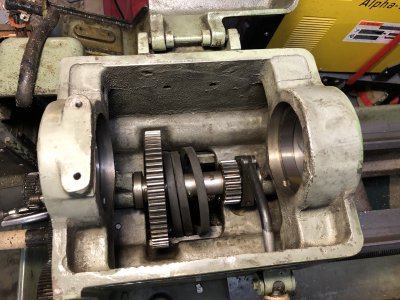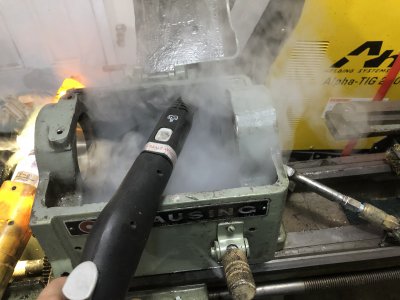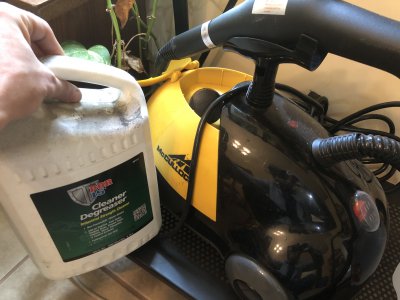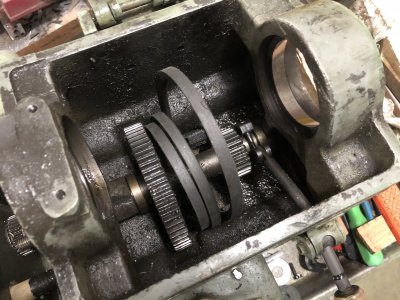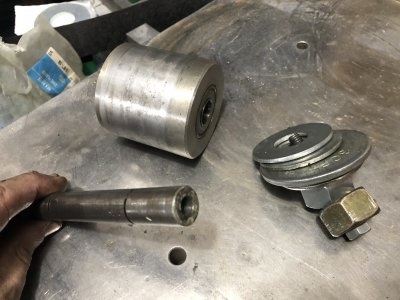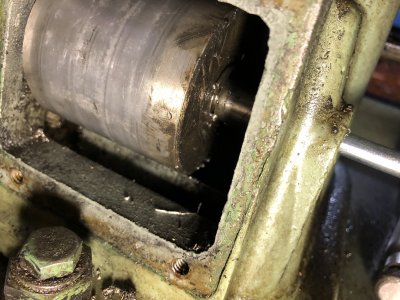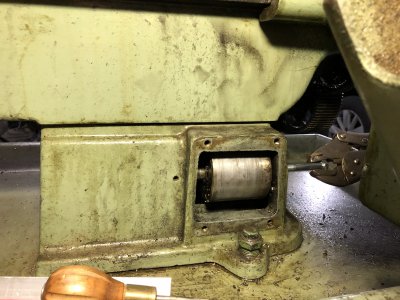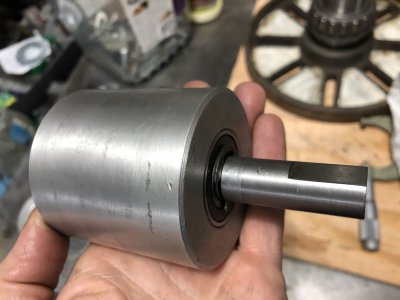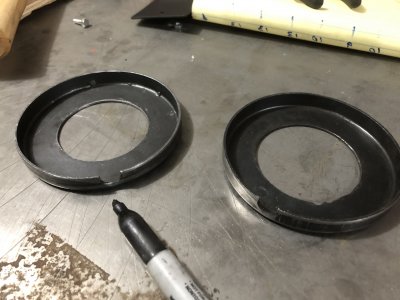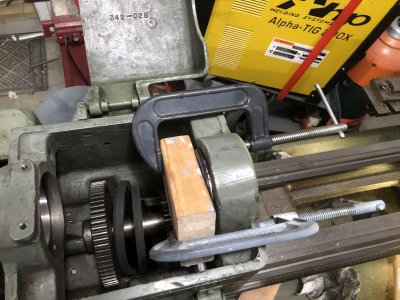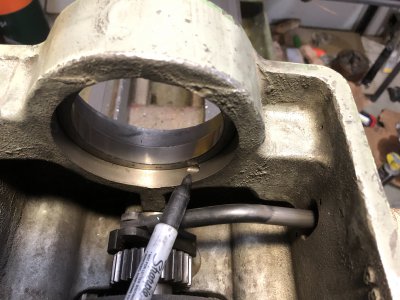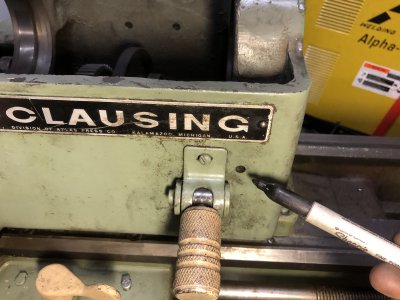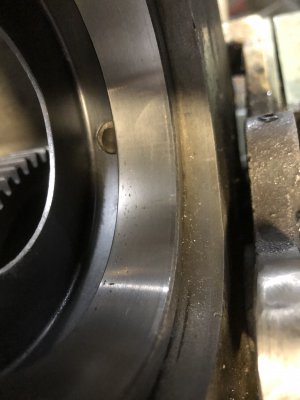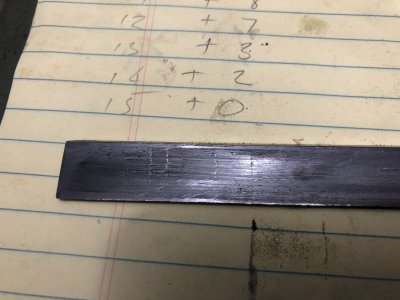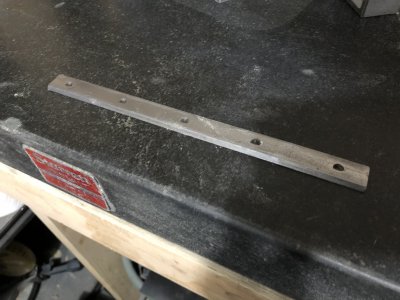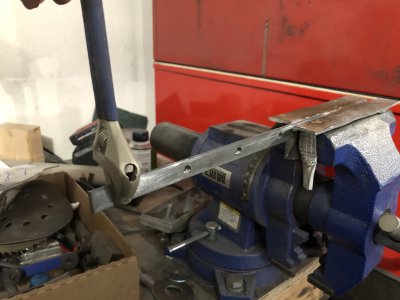Mystery Solved
These stamped cover plates for the spindle bearings have these notches on each one. When I pulled them out of my lathe, they were in random orientations, so I thought they were some sort of train hole. Like most everything with my lathe, it was assembled all wrong. I read through the manual, and it didn't say anything about which way to orient these notches. So tonight I put them up in their recesses, and noticed the notches line up with the oiler holes.
The notches are an opening for the oil inlet. These cover plates aren't just dust covers, they actually provide an oil reservoir for the bearings. If properly assembled, the bearings ride in about 1/2" of oil. So, it's critically important to line them up properly.
I literally can't figure out how my lathe was even operating with the oil holes plugged up like they were.
So, here are some pics showing what I'm talking about. I installed these covers with a block of wood and a couple C-clamps. The clamps help to keep the covers square when installing.


